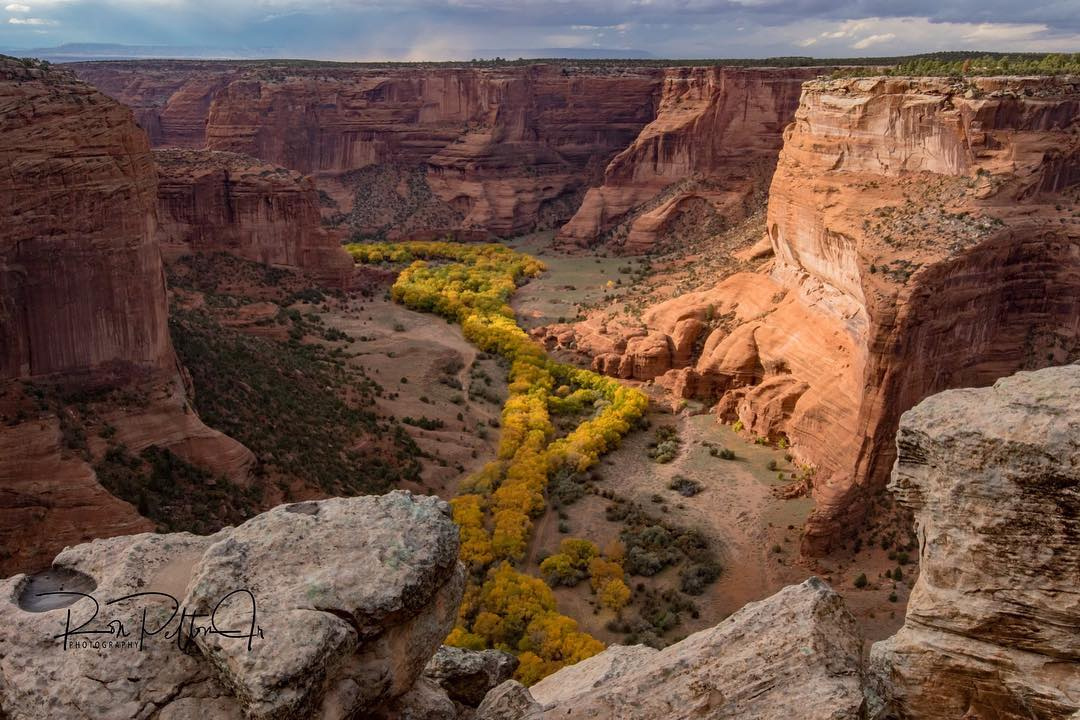CANYON DE CHELLY IS THE HEART OF NAVAJO CULTURE, AND YOU MUST SEE IT
Those who have traveled all the way down into Canyon de Chelly will frequently attest to the fact that doing so is one of the most life-changing experiences they have ever had. This natural marvel, with its stunning scenery and rich history, is a prized possession in the Southwestern United States.
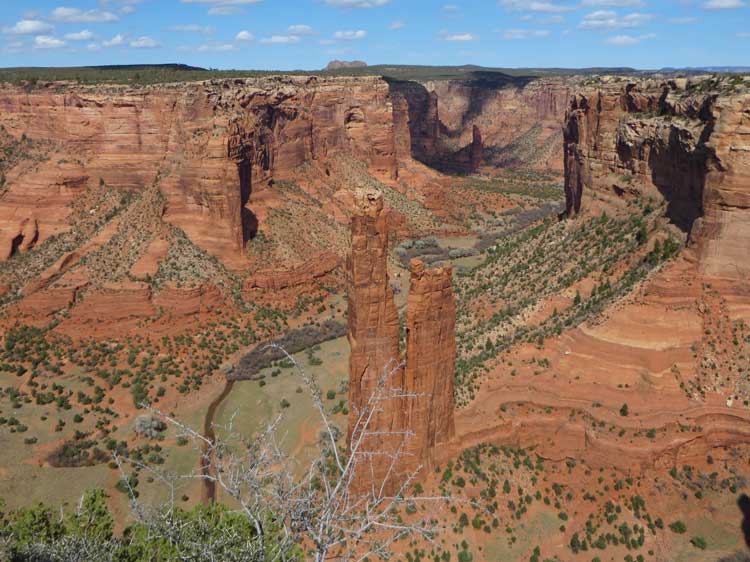
WHERE IS THIS UNIQUE SITE AND HOW DO YOU PRONOUNCE ITS NAME?
Canyon de Chelly is a National Park Service and Navajo Nation co-managed archeological sanctuary covering an area of about 84,000 acres in northeastern Arizona.
In 1931, the canyon and its surrounding cliffs, walls, and floor were proclaimed as a National Monument to safeguard the extensive archeological materials that had long been suspected to be present there.
The Navajo name for the canyon is “Tseyi,” and the mispronunciation of this name led to the creation of the English name. The correct pronunciation is “say-ee.” The Spanish colonizers eventually shortened the name to “de Chelly,” which they called “de-shay.”
GEOLOGICAL FACTS
The canyon, which consists of a network of smaller canyons, was formed out of sandstone millions of years ago. The vibrant sheer cliff walls are the result of land uplifts and stream cutting, and they give the area its distinctive charm.
The canyon’s cliffs are towering, with some spots being over a thousand feet above ground level. Although they make getting to the canyon floor more challenging, ancient and modern Native Americans have always seen them as a benefit due to the security they provide.
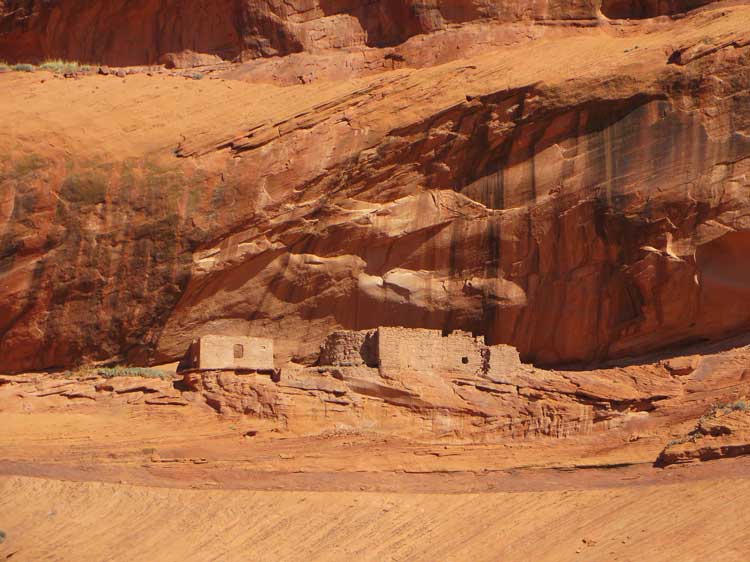
HUMAN HISTORY IN CANYON DE CHELLY
Because of the canyon’s abundance of water and its relatively fertile soil, it was home to a wide variety of plant and animal life long before humans arrived. The Ancient Puebloans, or Anasazi as they are more commonly known, settled in the canyons because of the favorable climate.
The canyon walls and talus slopes are dotted with its multi-story settlements, modest home structures, and kivas. The cliff houses they constructed allowed them to make use of the sun’s heat and cool air flow.
In addition to provide security in and of themselves, they also featured easily accessible ladders that could be raised in the event of an attack.
Many of the buildings, in addition to other artifacts and organic remains, have been preserved because to the dry climate and the protection provided by the overhangs and caves. Only around one-third of the canyon’s 2,700 ruins are still visible today.
The Anasazi culture flourished in the canyon until about 1300, when they abandoned it in search of more suitable agricultural terrain. As a result, the Anasazi’s direct descendants, the Hopi, were able to settle there.
Although the Hopi farmed maize and fruit orchards within the canyon, they did not spend the winters there. Instead, they made their homes on the mesa tops.
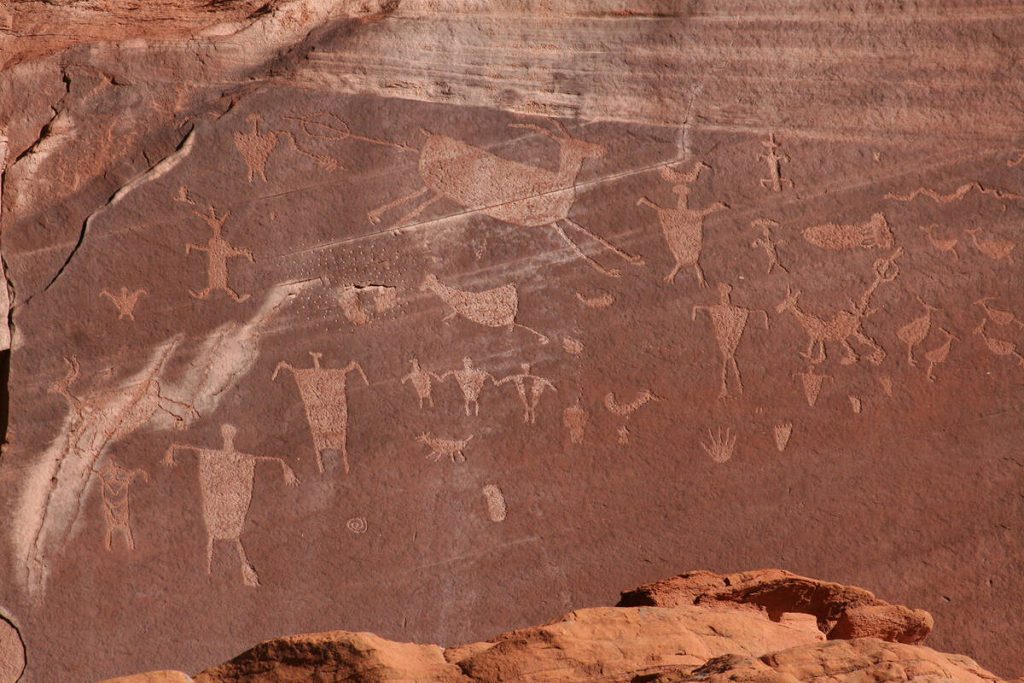
THE SETTLEMENT OF THE NAVAJO
The Navajo first arrived in the Southwest in the 1700s and have since called the canyon home. It serves as the people’s physical and ethereal base of operations.
The Navajo have ties to the Athabaskans of Alaska and Canada’s far north. They continue to farm the canyon floor, raise cattle, and construct hogans in the same manner as the “Ancient Ones.” Currently, there are between forty and fifty households located inside the park’s boundaries.
Although it is unknown when Europeans first learned about the area, Canyon de Chelly can be seen on a Spanish map from 1776. Soon after, Spanish troops arrived in the area and conquered the Navajo people. This incident must have taken place, as it is depicted in pictographs on nearby rock walls.
A history of severe injustices followed the later American military explorations and war efforts against the Navajo.
ARCHEOLOGICAL FINDS IN CANYON DE CHELLY
The first recorded archeological finds in the canyon date back to 1849, when James H. Simpson of the Corps of Topographical Engineers began making the rounds. One of these was given the nickname “Casa Blanca” (White House) because a chamber towards the top of the building was painted white.
Simpson is credited with making the connection between the building practices of this area and the Chaco Canyon pueblo ruins in New Mexico, located some 75 miles to the east.
The North Rim Drive and South Rim Drive both have multiple viewpoints that provide breathtaking vistas of the canyon below. The White House route is the sole public route in the canyon, and it’s only 2.5 miles long.
The famous White House Ruin is located at the bottom of a 600-foot descent over a trail of switchbacks. Neither activity necessitates payment, a guidebook, or a special authorization. However, due to safety and law enforcement concerns, the trail and White House Overlook are currently closed.
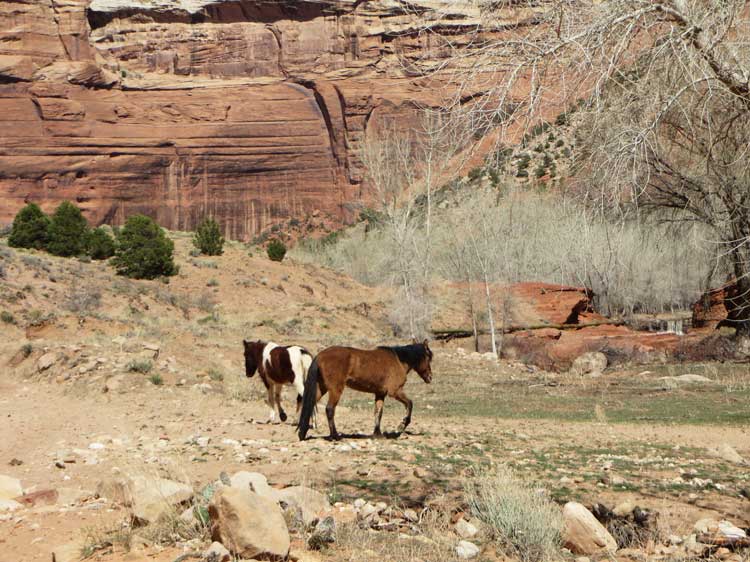
ENLIST THE SERVICES OF A NAVAJO GUIDE TO TOUR CANYON DE CHELLY
However, to get the most out of this massive stadium, visitors need to spend some time exploring its interior with a licensed Navajo guide in tow.
Numerous businesses provide tourist guides. Antelope House Tours is one of the best, with operators who are both knowledgable and enthusiastic about the area. The guide for our tour picked us up in his well-worn Suburban and drove us into the canyon.
When traveling down the gorge, he overcame the obstacles of shallow rivers, heavy muck, and soft banks. The unpredictability of the weather made it seem like we might not make it very far at all.
In spite of this, he always kept his cool and brought us to safety. Our guide looked unfazed, even after a younger guide in another car indicated he couldn’t make it all the way to Mummy Cave.
As he approached the challenge, he took stock of the situation, grinned, and then pressed on with all of us cheering him on. Our guide was clearly determined to take us to the canyon’s most impressive and significant archaeological site, an ancient Puebloan settlement.

